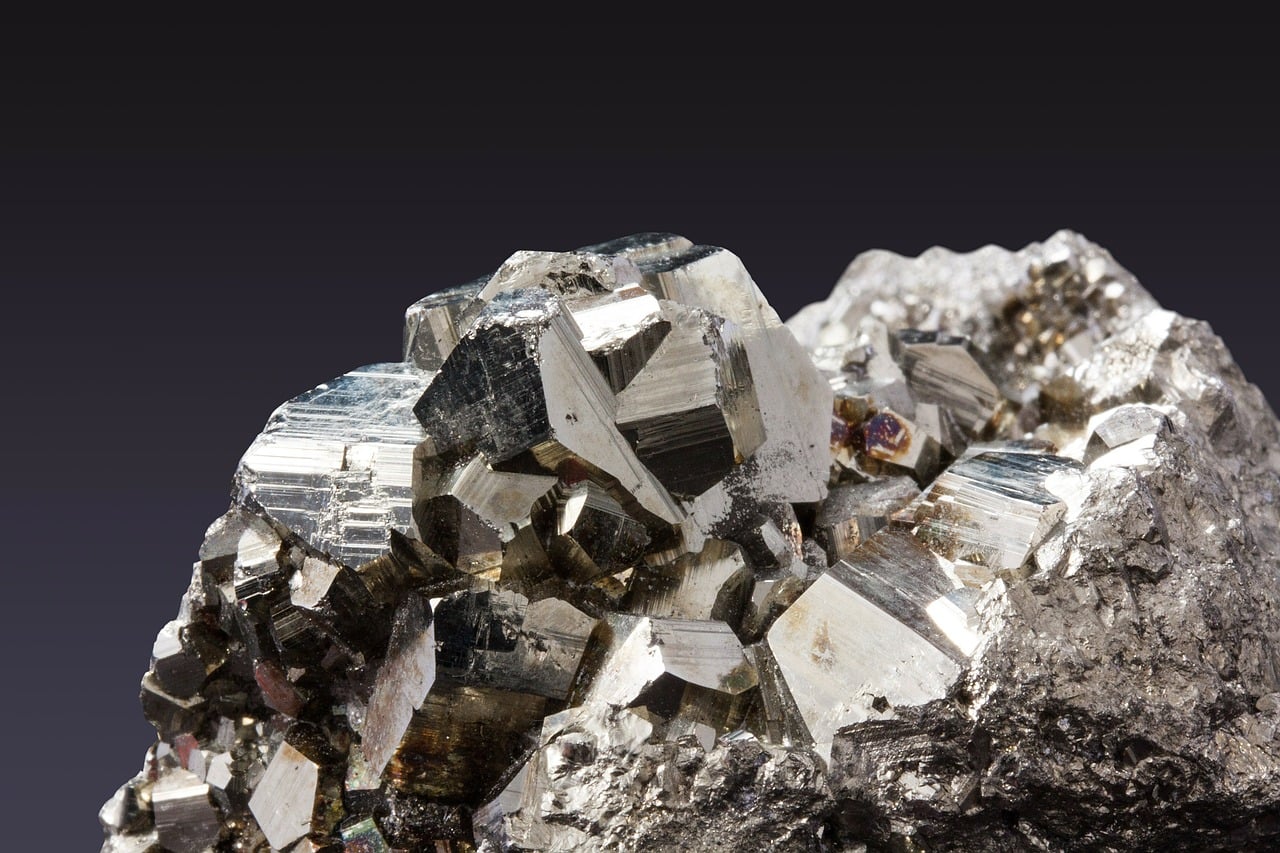To grasp the seriousness of America’s heavy reliance on imports of strategically important minerals, consider that many of the metals needed for weapons systems and a wide array of consumer products come from countries that don’t always have our nation’s best interests in mind.
Once the undisputed global leader in minerals production, the U.S. mining industry is now well on its way to second-tier status. Domestic mines have been closing, leading to a 13 percent drop in our nation’s share of global investments in metals mining over the past decade and an increased reliance on minerals imports. Last year, American companies spent more than $7 billion on imported minerals.
According to the U.S. Geological Survey, U.S. dependence on minerals from abroad has doubled in the last 20 years, and we are now import-dependent on more than half of 50 key mineral commodities and 100 percent import-dependent for 20 of those, including manganese, tantalum and rare earth minerals such as neodymium, samarium and dysprosium, which are crucial in the manufacture of jet fighter engines, antimissile defense systems, night vision goggles and smart bombs, among other advanced weapons systems.
The new leaders in global minerals production are China, Russia and, notably, Africa. In recent years, China has imposed export restrictions on rare earth minerals, forcing prices for the minerals to increase by nearly 300 percent and tightening the supplies available to American manufacturers.
The risk is that mineral exporting countries will form a price-fixing cartel for mineral commodities similar to the one that petroleum exporters used in the 1970s to ramp up the world price of crude oil. China, a major supplier of rare earth metals that are integral to nearly all high-end electronics, ranging from cell phones to flat-screen TVs, is seen as the potential leader of a global minerals OPEC.
Collectively, minerals are essential to the manufacture of energy equipment, medical devices, electronics, agricultural products, household items and military systems.
Take cobalt. Several products contain cobalt, from jet aircraft engines to laptops and automobile batteries. More than half of the world’s cobalt comes from the Democratic Republic of Congo. That’s disturbing for multiple reasons, one of which is that the Congo is a politically unstable country racked by war, where profits from mineral sales are used to finance insurgencies.
With the rise in world production of batteries for electric vehicles, demand for cobalt and several other highly sought-after minerals that come from the Congo or adjoining war-torn African countries is expected to soar.
To the Trump administration’s credit, action is being taken to spread minerals production more widely. In December, President Trump issued an executive order directing the U.S. government to identify new sources of minerals, ensure miners and producers have access to the best data, and streamline the licensing process so that it takes two to three years to get a mining permit instead of seven to 10 years.
This agenda is ambitious, but attainable. It draws on the deep strengths of U.S. industry in entrepreneurial risk-taking, as well as on a series of advances in other scientific fields that can be applied to minerals mining. It also draws on the still formidable capabilities of the U.S. mining research sector.
But implementing this agenda will require a new political coalition capable of neutralizing the longstanding opposition of those for whom the biggest problem is mining or the federal government itself.
A failure to act will undermine America’s ability to deal with the troubling reliance on foreign minerals and the benefits of increasing domestic production. It will also compromise important national security objectives. And it will further disconnect the nation’s mining industry from a global minerals marketplace that is likely to be worth hundreds of billions of dollars in the coming decades.




